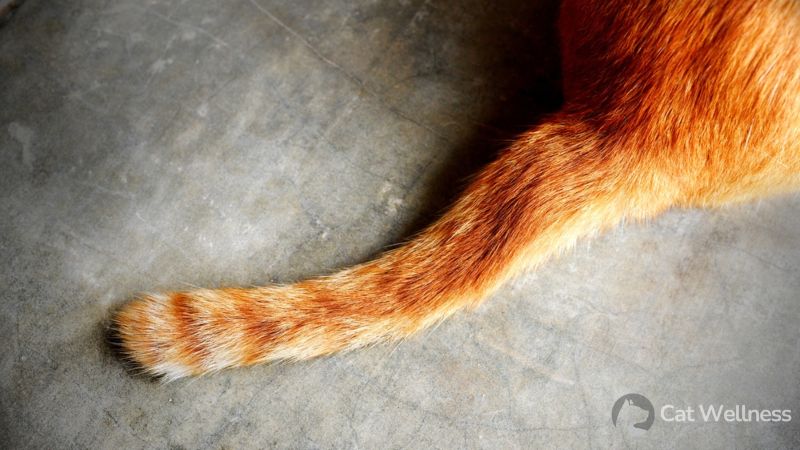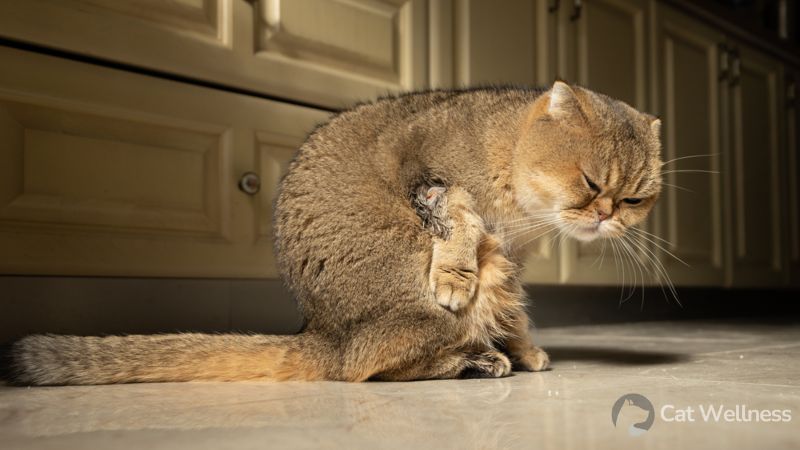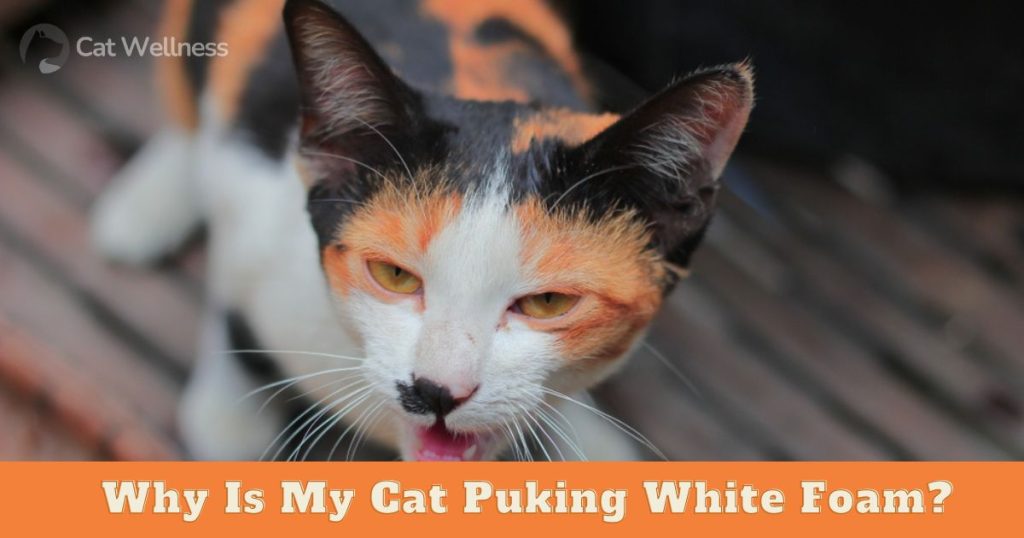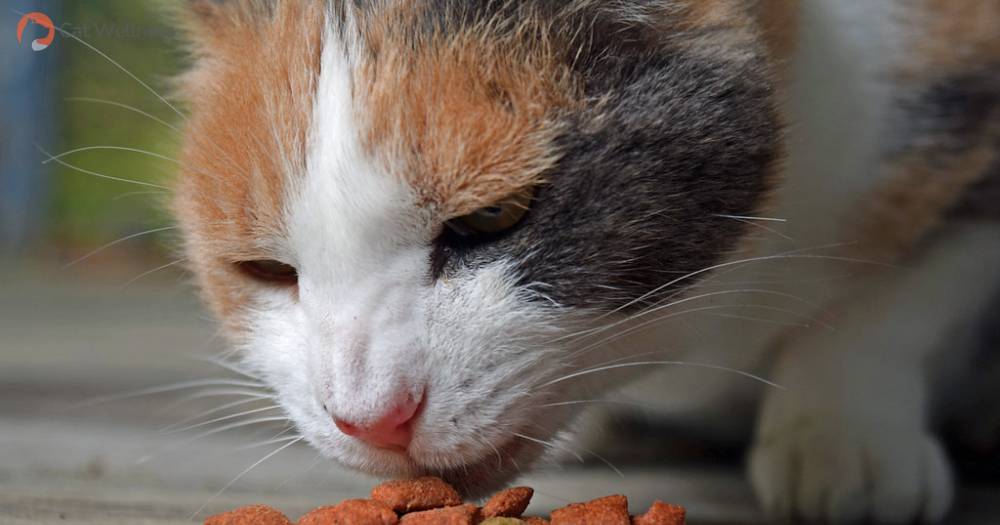Are you aware that approximately 10% of a cat’s bones are in its tail? This appendage serves several vital functions for felines, aiding their balance and control during activities like jumping and running.
Moreover, cats employ their tails to communicate emotions such as fear, aggression, and happiness to humans and other cats.
Now, the question arises: Can the cats tail fall off? You might be pondering this due to your cat’s recent tail loss, or perhaps you’re concerned after hearing about other cats experiencing the same fate. Ideally, it’s the latter scenario. Regardless, let’s delve further into the matter.
Can The Cats Tail Fall Off?

Is it possible for a cat’s tail to fall off? The concise answer is affirmative. There are various causes behind a cat losing its tail, which can be categorized into a few general groups as outlined below:
- Accidents: First, it’s important to acknowledge that accidents can happen to cats. Their playful nature makes them susceptible to mishaps, ranging from minor scratches and scrapes to more severe tail injuries. Therefore, as a responsible owner, it’s crucial to exercise caution.
- Diseases: Sometimes, a cat may lose its tail due to allergic reactions. These allergies can stem from various sources, such as food allergies or flea infestations, and must be thoroughly investigated. In other instances, more serious illnesses like cancer can lead to the loss of a cat’s tail.
- Tail necrosis: Tail necrosis occurs when there is a lack of blood supply to the tail, causing the tissue to degenerate and eventually leading to partial or complete tail loss. If you notice any signs of tail necrosis, it’s imperative to seek prompt veterinary assistance.
- Self-mutilation: Cats exhibit peculiar behavior at times, and only their owners may understand why they excessively chew on their tails, resulting in tail loss. According to experts, cats may engage in self-mutilation due to over-grooming, stress, neurological disorders, environmental influences, flea allergies, or psychological issues.
Is it possible for a Cat’s Tail to Detach Spontaneously?
Cats’ tails do not typically detach randomly. A cat’s tail won’t simply fall off without a specific cause. As mentioned earlier, there is always an underlying reason for such an occurrence.
The likelihood of this happening to your cat depends on your level of caution and preventive measures.
Is it Common for Cats to Shed Their Tails?
Injuries to tails are frequently observed in cats, which is a sad but true fact. However, it’s crucial to understand that this is not normal. A cat’s tail is delicate and can easily sustain injuries.
If a cat’s tail is injured, it may eventually come off. Some cats are naturally tailless, others may have their tails amputated due to injuries, and some might lose their tails for other reasons.
The loss of a cat’s tail indicates something is amiss with your feline companion. It could be an underlying illness requiring treatment or an accident necessitating immediate attention.
Generally, cats without tails have an average lifespan of 14 to 16 years. Therefore, as a responsible owner, you shouldn’t disregard your cat’s tail loss if it’s causing concern.
Can a Cat’s Tail Regenerate?
If it’s a minor cut, it simply requires time to heal. However, a broken tail cannot naturally regenerate. In such cases, a visit to the veterinarian is imperative, followed by potential surgical intervention. Some may deem this unnecessary since cats can live without their tails, but that’s only partly true.
Recall what was mentioned earlier. A cat’s tail is a significant part of its personality and serves as another means of communicating feelings to you, alongside meowing and purring.
How to Determine if a Cat’s Tail Is Injured?

A charming, fluffy cat peacefully dozing on a comfortable bed indoors.
It all begins when you start noticing something unusual. Even if you’re initially uncertain, immediate action is crucial if you observe any of the following indicators.
- Limited Tail Movement: Cats rely on their tails for various functions, so it warrants your attention if you notice a lack of movement.
- Presence of Blood: While this can result from an injury, it is often a clear indication that the cat’s tail is broken and requires prompt attention.
- Swelling: If you notice an enlarged or puffy tail, it likely indicates an underlying health issue, possibly a broken tail. Seek immediate care.
- Hair Loss: If your typically furry cat suddenly exhibits a hairless tail, something is amiss, and a broken tail is a probable cause.
- Altered Bowel Movements: The proximity of nerves to the tail can affect bowel movements. If your cat exhibits irregular bowel habits, inspect the tail.
- Vocalizations: Animals can react to pain like infants, and a broken tail is undoubtedly painful. If your cat is distressed, she may cry out, which is noteworthy.
If you observe any of these signs, don’t worry; that’s why veterinarians exist. Your cat will likely receive the necessary care to regain health and safety.
What to Do If Your Cat’s Tail Is Injured or Falls Off?
First and foremost, the appropriate action to take depends on the nature of your cat’s tail injury. For minor injuries, wrapping the tail can aid in the healing process. Additionally, applying some ointment can expedite the tail’s recovery.
Change bandage or apply antibiotic ointment on a daily basis. You can use a deterrent such as Bitter Apple or an Elizabethan collar (cone) to prevent your cat from chewing on the bandage.
Can Cats Experience Pain in the Tails?

Certainly, a cat’s tail is an integral part of its body, and just like any animal with a tail, it can sense pain.
It’s worth noting that cats can occasionally conceal their discomfort, but this doesn’t mean they aren’t in pain. If their tail is injured, they are indeed experiencing pain.
Therefore, handling your injured cat with great care is important, ensuring she doesn’t endure any additional suffering.
Conclusion
In brief, can the cats tail fall off? The answer, though intricate, remains affirmative. If you cherish your beloved feline companion, you’ll undoubtedly hold a deep affection for her tail and be resolute in safeguarding it.
If you neglect this responsibility, a day will arrive when you and your feline friend will reminisce about the delightful moments when she could convey her most endearing sentiments through that very tail she is now without.
Hence, the prudent course of action is to avert such a fate by diligently ensuring her tail’s well-being.
Recommended Reading



























